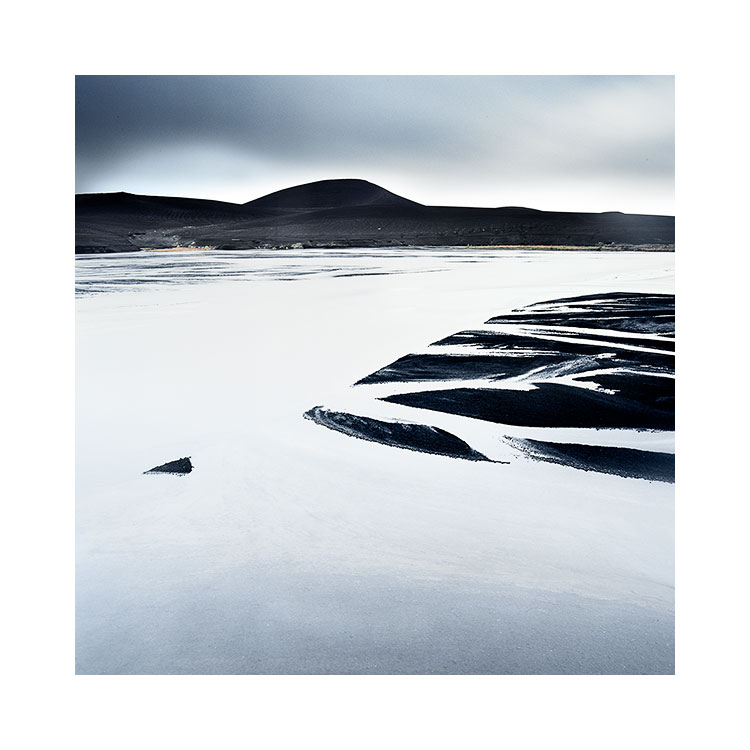This got me to thinking about confidence, and its role in the creative-arts.
Many years ago, I had an art student on one of my workshops and she told me that 'it is easy for you - you have a lot of confidence in what you do'. At first I was surprised by the observation as I have never thought of myself as an overly confident person. Secondly, I had never thought that confidence had anything to do with the creative-arts. For me, doing anything in art was more about being free and going wherever you want to go. Indeed, I had often found certain subjects at school overly competitive - sports, academic studies where you are marked by your performance etc. Arts - such as drawing, painting, playing or composing music, to me, had none of this. It was a 'free for all' where there were no rules and you could just dabble with no pressure of being assessed.
I've had many years to think about my art student's comments, and I think she was right. Not just about me being confident in my creative-arts pursuits, but also that confidence has a role in it.
Confidence is vital, if you want to become good at anything you do. I'm not talking about arrogance, of thinking you are great or superior, I'm talking about simply being comfortable with yourself. That comes from confidence. Confidence comes from knowing yourself and also understanding your strengths and weaknesses. Confident people are comfortable to tell others when they don't know something, and they are also comfortable in realising where their own limits are, and understanding they have some things to work on. Conversely, people who lack confidence, tend to over compensate for their limitations or try too hard. I think that is why we see so many heavily manipulated images on the web - anything that is super strong, overly contrasty is probably suffering from a need to force a point over to the audience. The editor isn't quite sure the audience will 'get' what they're trying to do, so they tend to spell it out - LOUDLY. When I often see overly-worked images, I tend to think there is a lack of confidence behind the motivation to edit in such a way.
Being a creative person does require a sense of confidence. Any decision you make in your art making has to be one that you alone have come up with. To have a sense of conviction or faith in what you are doing is important, and to do that, you need confidence. But don't confuse confidence with knowing what to do. Confident people may not know what to do, but they are willing to try, to experiment and are comfortable knowing that anything they try may fail.
If you have confidence in yourself, you are ok about it when you fail. Indeed, I think that failure is part of the creative process. So often do writers and musicians talk about how a finished piece started off as something completely different from the finished work. This means they were entirely comfortable to throw out the initial ideas when they found something better. To do that, you've got to be able to let go, and to let go, you have to have confidence in where you are going.
How does one teach someone confidence? Well, I think it's all about trusting in your own decisions and also applying a healthy degree of forgiveness when you make a bad decision. There are no rules, and there shouldn't be when one is involved in the creative arts. And you should have the freedom to try things out, without the fear of being judged, either by others or more importantly - by yourself.
Letting go, and letting things flow where they want to go, is the best approach. Accept that you don't know all the answers, and you never will, and that nothing is ever finished. You are not doing your photography to be measured, nor for praise from others, but for self enjoyment and self development. If you are able to take this approach, then I think confidence will grow within you.
My art-student friend was right. I did have confidence in my abilities. I don't tear myself down when I create bad work. Just because you may only see finished work on my site, there is a lot of stuff that doesn't make it. If you realise that everything out there that really impresses you and moves you as a piece of art, most likely had to go through several re-works to get it right, then it should give you comfort to know that it's ok to not get things right first time. Good artists are ones that are able to keep re-assessing what they are doing, without judging themselves too harshly, and to do that, they need to have confidence.















